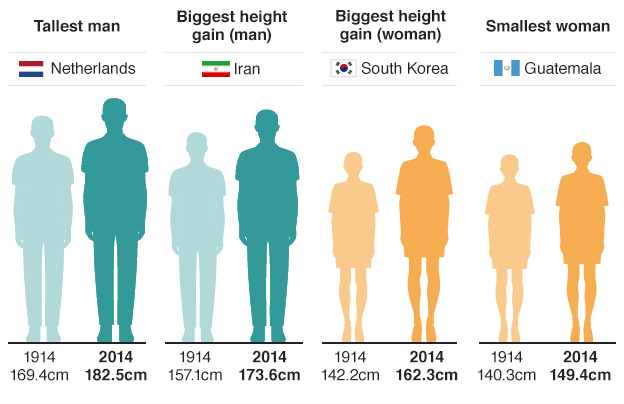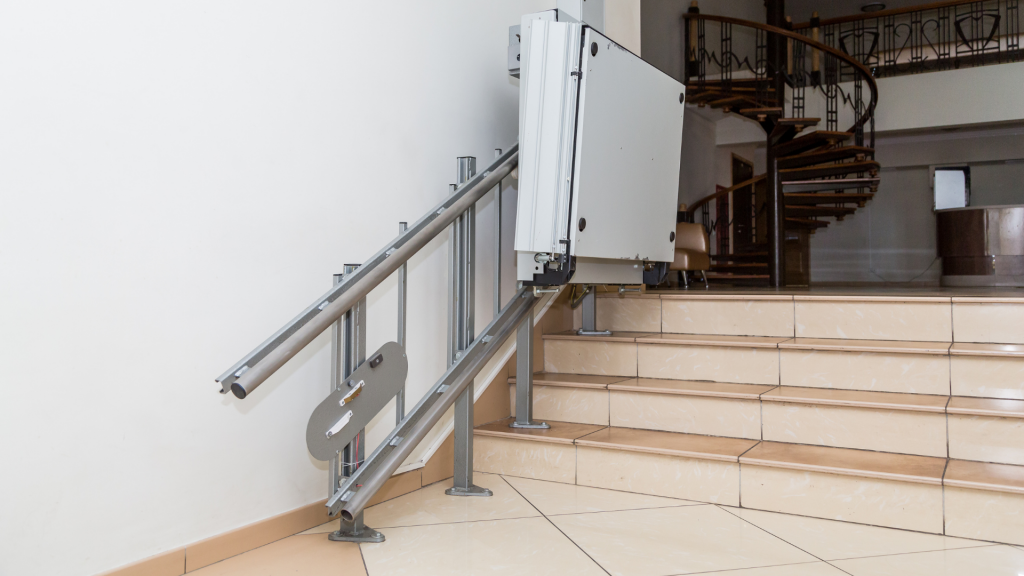Human centered design is a design based solution to optimize human relations and building design. Indeed, the design in the phrase ‘architectural design’ is not just referring to aesthetic principles. Architectural design is also based on the relationship between building functions and human activities, known as Anthropometry. Here are 3 basic you should know about Anthropometry in Architecture.
Human Factor in Architecture
The design of a building involves various factors, starting from financial, functional, technical, sociocultural, environmental to aesthetic. These various factors are then combined to be considered in an architectural design. In a sense, architectural design is a form of human settlement through design.
According to the International Ergonomics Association (IEA), ergonomics is a system-oriented discipline and refers to all aspects of human activity. The word ‘system’ is not simply defined as a physical or technical system that is used to interact with people. However, today’s ergonomics also refers to the framework of social systems and organizations. Where, every interaction that occurs must be analyzed in relation to the system in which the interaction occurs.
That is, every ‘work’ that occured in a room or place must be considered.
Here are 3 Antropometric Basis for Architectural Design!
Read More : What is The Role of Anthropometry in Architecture
Human Variability and Diversity

In the ergonomics approach, human variability is the main design parameter. Focusing on individual activities, the ergonomics point of view considers individual diversity in the context of a wide range of situations with different capabilities and limitations.
Diversity is not only limited to different capabilities and limitations, but also based on body size, age, gender, race to health conditions. Physically, this diversity can be measured by the Anthropometric measurement process with measuring instruments such as Portable Anthropometric and Anthropometric Chair.
When referring to the definition of an ergonomic system, other factors to consider are the perception of the environment, human processing and cognitive functioning, to the formation of motivation. The human diversity factor becomes very crucial if this reference is used in buildings with special functions for disabled or elderly individuals.
Ergonomics and Comfort Level

Several studies have revealed that in architectural design, it is undeniable that ‘users’ or humans are part of the design. By placing humans at the ground, the goal of ergonomics is to create a comfortable and safe environment. Building Sustainability or the function of building sustainability. In a sense, buildings can meet individual needs, both without and with special needs.
Indeed, Anthropometry is a technical methodology to concurrently function and form into one. So that the function of the human-based design building can meet the needs of the individuals who live in it, including furniture or instruments to support individual activities. For example, a workspace must be sufficient to meet work needs, an industrial production building must have a large enough space for a work station.
Building Accessibility and Design For All

Accessibility in architecture is the most important concept to realize human based design. Accessibility in architecture includes cognitive, sensory and physical abilities. All three are taken into consideration to determine wayfinding, emergency paths and designs for individuals with special needs. These three principles should be applicable in all public buildings, which should be able to meet the needs of all the variability of human needs.
Anthropometric Measurement Tool for Basic Architectural Design
Human variability and diversity can be based on anthropometric data obtained through the measurement process. As explained above, Anthropometric measuring instruments are Portable Anthropometry and Anthropometry Chairs. Both can measure the dimensions of the human body starting from the dimensions of sitting and standing, including the dimensions of the face.


The Anthropometry Chair from PT Solo Abadi Indonesia is the first anthropometric chair in the world. With qualified specifications, the Anthropometry Chair has gone through a calibration process that verifies the anthropometric data generated. Not only that, the Anthropometry Chair can measure up to 34 dimensions of the human body.
Portable Anthropometry is an anthropometric measuring tool that can measure up to 100 dimensions of the human body. Unlike the Anthropometry Chair, Portable Anthropometry can be used anywhere because it has a portable design.
Portable Anthropometry and Anthropometry Chairs have been used in various institutions both at home and abroad. These various institutions focus on several scientific fields such as education, government institutions, the military, architecture to forensics.
For further information please contact us trough email on admin@soloabadi.com or WhatsApp on 08510888111


